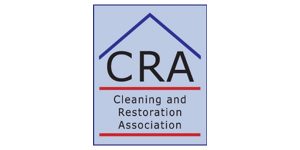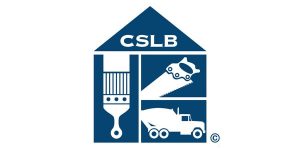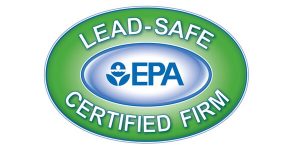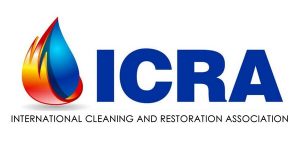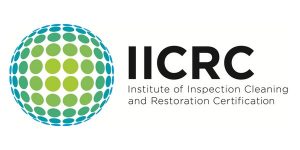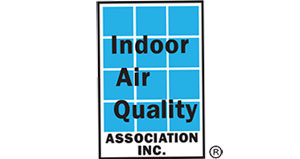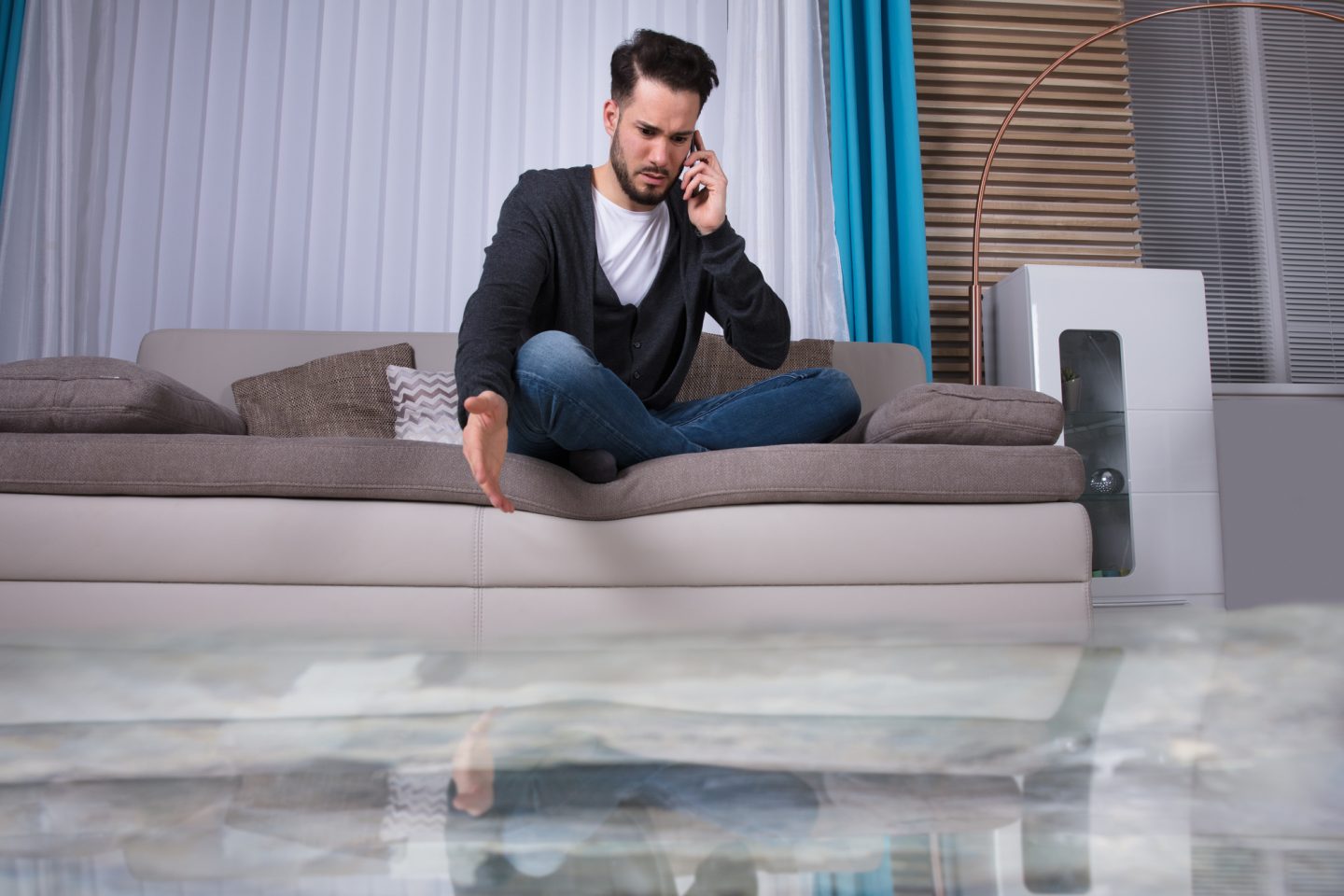
Did you know that just 1 inch of water in a home flooding can lead to $23,635 worth of damage? Acting quickly can make repairing and cleaning after a flood less costly.
But, how do you know what to do after a flood?
In this article, we discuss how to handle residential flooding step-by-step. From considering safety to finding professional water damage restoration, learn everything you need to know.
Put Safety First After Home Flooding
Before worrying about what to do after a flood, make sure you put safety first. Wear appropriate safety gear before going back into your house to prevent exposure to harmful substances.
Check for signs of major damage, such as a cracked foundation. If you’re unsure whether your home is safe to enter, wait until you can talk to a professional at your utility company.
Get Your Home Dry
Once it’s safe to enter, your next step after a home flooding is to get your home dry. Start by having any remaining standing water pumped out. Then, work on drying the interior of your house using fans and dehumidifiers.
Document and Report Damage
It’s important to remove all damaged belongings before they can grow mold and pose a risk to your health. However, you need to document all damaged property and belongings before doing so.
This is especially important for reporting an insurance claim for flood damage. However, it’s also helpful to be aware of the belongings you need to replace.
Save What You Can
Certain belongings can’t be saved after residential floodings, like food, upholstered furniture, and bedding. However, try to save what you can still use. Even some sensitive items may be worth saving if minimally damaged.
Cleaning After a Flood
Cleaning after a flood helps minimize additional damage from bacteria and mold growth. Disinfectants and odor removers are the best tools for this step. Thorough cleaning is essential before you start working on repairs.
Water Damage Restoration
If your home isn’t well-cleaned after flooding, it can affect water damage restoration. It can also end up costing more in repairs in the long run. Hiring a professional to do the repairs cuts down costs and minimizes risk.
Determine Flooding Causes
Flooding causes may seem obvious such as an over-filled bathtub or a storm flood, but make sure you understand what led to them. For example, maybe your tub drain needs to be cleared.
Take Preventive Steps
Cleaning after a flood is a lot of work, but preventing another one is even more important. When considering what to do after a flood, many homeowners overlook the importance of preventive steps.
Installing a sump pump or applying special waterproof coatings helps prevent future flooding. You should also learn about the flood level in your area and work to protect your home during inclement weather.
Know What to Do After a Flood
Knowing what to do after a flood not only gives you comfort during a stressful time but can also minimize the impact of the damage. Acting quickly can save some of your precious belongings and your budget.
Don’t delay professional flood damage restoration, and contact us today.



